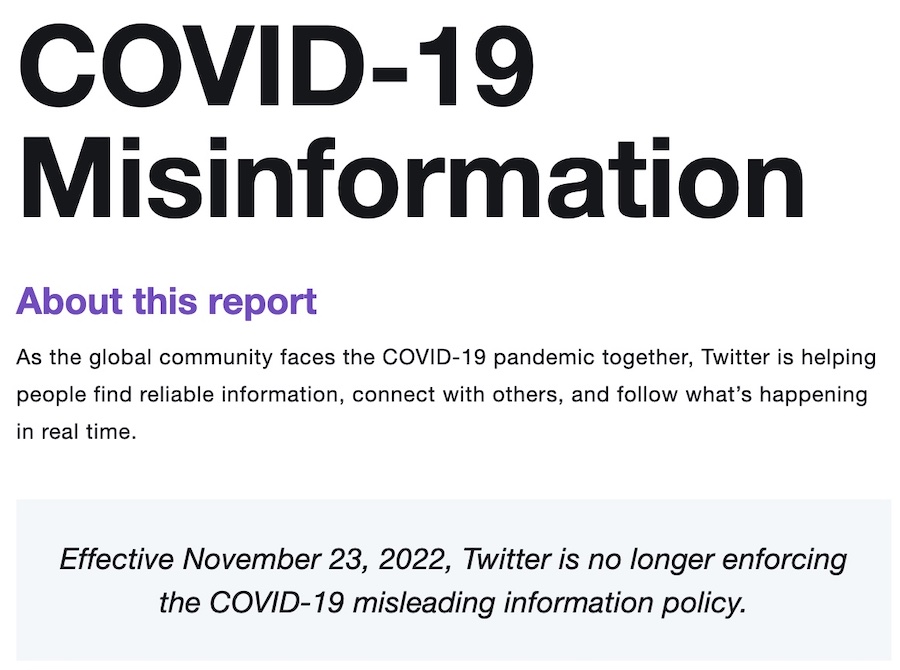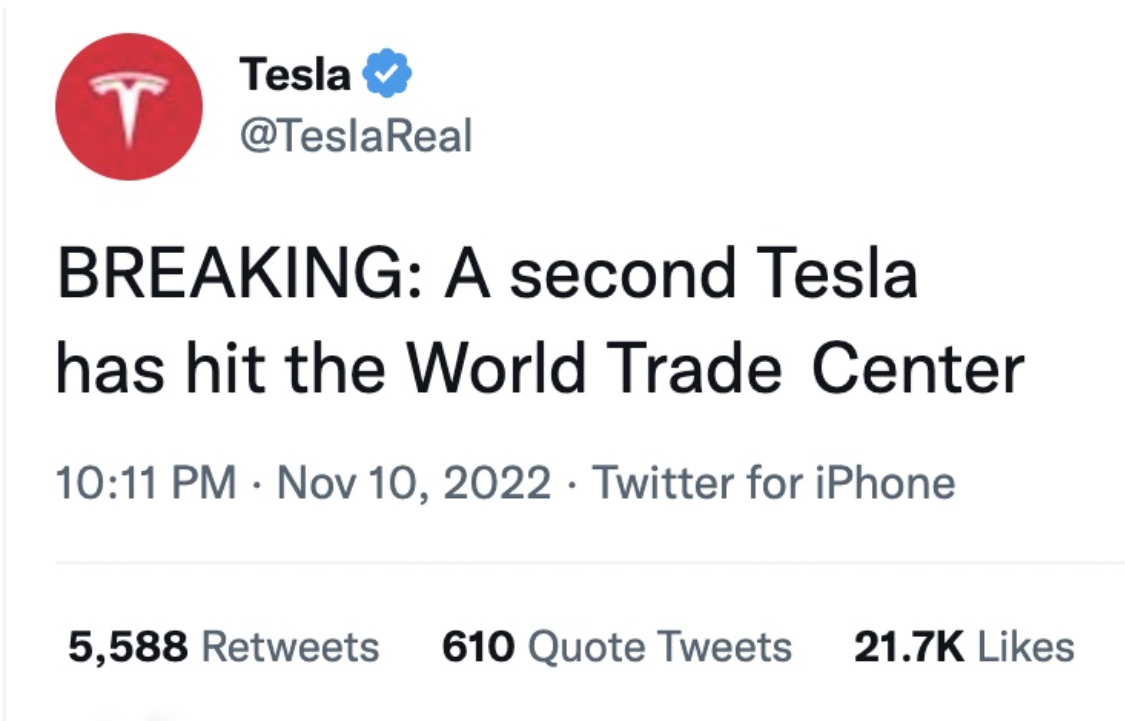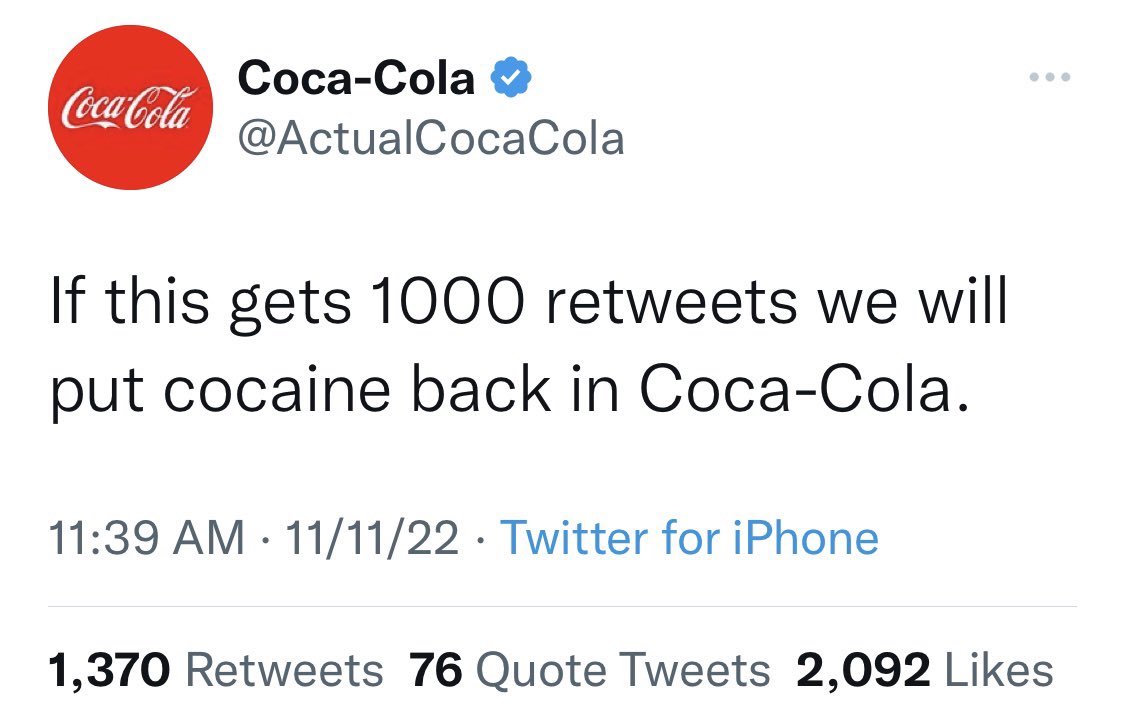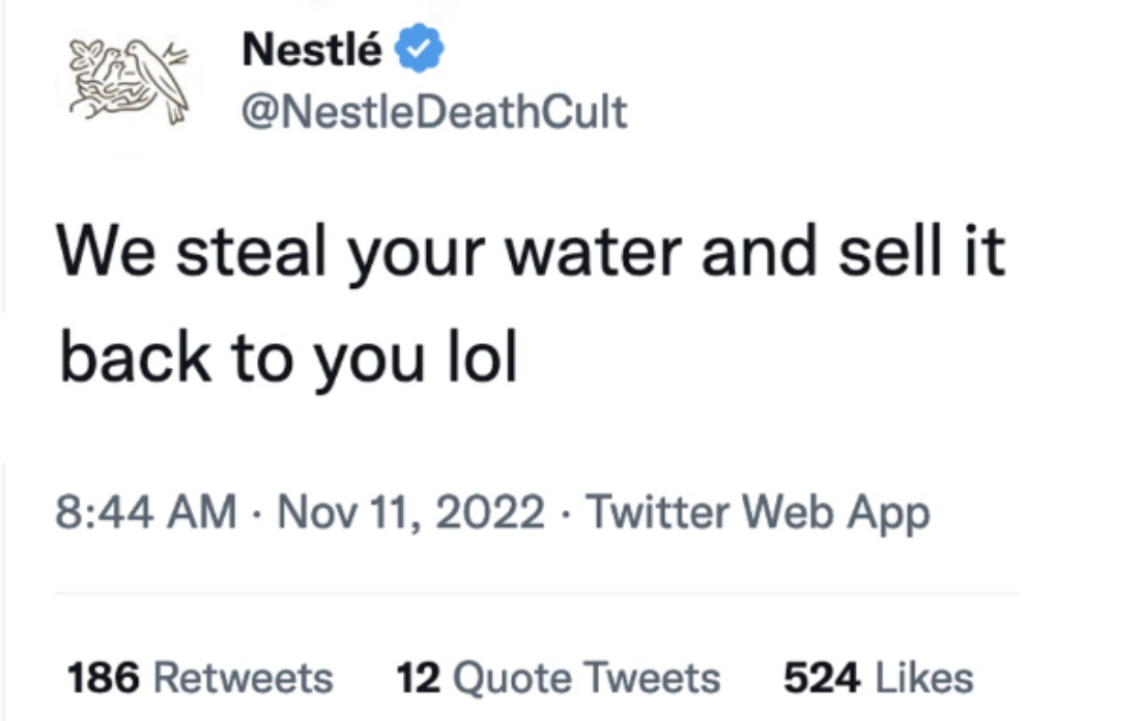Fantastic Facts
and How to Fake Them
The Topic of the Day
Start From the Source
The Power of The Few
Who Are the Disinformation 6 Tweeting at?
You can drag the nodes around to inspect the graph, and use the dropdown box to select:
- By Number of Followers - The total number of people directly following the user. The more people following the user, the more people receive the content they post.
- By Number of People They Follow - The number of people the person is following. This can be relevant because only people who follow each other can send direct messages to each other that are not publicly viewable.
- By Number of Tweets - The total number of times the person posted on Twitter. This is an indication of how active they are on the platform.
- By Number of Lists - A list is a selection of Twitter accounts. Users can either create their own lists or subscribe to those created by other people. They're essentially mini-Twitter feeds and displayed in the same way as the main timeline. The number of lists a Twitter account is a member of is an indication of popularity.
Hover over the nodes in the graph - You can hover over the colored nodes, which will give you detailed Twitter account information about all the people in the graph.
Hover over the color and size legend - You can hover over the colored circles, which will highlight all the nodes related to that person. You can also hover over the size legend to filter out the various nodes that represent different ranges of Twitter metrics for the accounts.
A closer look

A Venn diagram that categorizes different forms of information pollution.
Source: The Brookings Institution, How misinformation spreads on Twitter
Politics, Vaccines, Climate Change
Fake news spread lies about all subjects, at the cost of lives
Does it seem like the same people who spread conspiracy theories about one topic, also share false information about another? It's not coincidence.
The word cloud here is made up of the top 150 terms used in 15,647 tweets from the Disinformation 6. You can hover over a word to see how many times it was mentioned.
While it's fun to play with the dancing words by clicking the button below, it should be noted that word clouds can be considered harmful in the way they present information.
What is the point of fake news?
Misinformation Over Time
As time passes, so do the origins and goals of misinformation.
- By Motive - What is the producer of the disinformation trying to accomplish? It's disturbing to see that "fear" was the biggest motivato.
- By Narrative - The type of story the piece of misinformation is pushing.
- By Region - What parts of the world were responsible for the disinformation?
Hover over the colors and size legend - You can hover over the colored nodes, which will give you precise detail on the counts that happened on a specific date. You can also hover over the size legend to filter out the various nodes that represent different ranges of disinformation volume for a given day.
Where does all of this come from?
Disinformation: A story across the globe
Fake news know no borders. Anyone can tell a lie.
Visualization Control
The Oldest Trick in the Book
Tale as old as time, fake as it can be

Why Does This Matter?
COVID-19 vs Tweets
How disinformation correlates with cases and deaths
- By Number of Tweets - The total number of times the person posted on Twitter. You can notice there's a large burst of this activity before the major COVID-19 spike in January, 2021.
- By Number of Retweets - The total number of times the person was retweeted, which is when another person reposts their message directly. If the person retweeting has more followers than the original poster, this can strongly amplify the reach of the message.
- By Number of Favorites - The total number of times the person received a "like." This is an indication of how many people read and reacted to their posts.
Days to Aggregate - On the right you can choose the number of days added together to create a single time period that is plotted. When set to 1 day, the data shows individual days and is hard to read, but as you increase the aggregation and view the sums of days, it becomes smoother. Play with the various aggregations to see if any patterns are revealed.
Cases, Deaths, and Both (Log 10) - Choose either cases of COVID-19 or deaths due to it to compare against the creation of disinformation. Selecting "Both (Log 10)" displays a logarithm view of the 2 metrics, which was necessary as the cases greatly outnumbered the deaths.
Brush & Click - You can also brush the lower area chart to view more date specific detail, and click on the layers of the stacked area chart to view detail on each of the "Disinformation Half-Dozen."
Days to Aggregate
A Recap
What now?

Twitter will no longer enforce its policy against COVID-19 misinformation, raising concerns among public health experts and social media researchers that the change could have serious consequences if it discourages vaccination and other efforts to combat the still-spreading virus.
But first, a word from our sponsors
Recommended for You

realcashcrypto.com
Banks don't want you to know this! Local Entrepreneur makes fortune with crazy investment!

notahealthscam.net
Lose weight while sleeping with this one weird trick!

instantbrainboost.net
The pill all billionaires take every morning now approved by the FDA.
ONCE IN A LIFETIME CHANCE
Did you ever wonder what would happen if you clicked on those scam-like ads you see all over the Internet, but were worried about computer viruses? No? Well now you can! You are our very first 100,000,000th visitor! As a reward you get special immunity from viruses, so you can click on them safely, and learn new facts on fake news and scam ads!
Did you know that...
...you can click on the images to get new facts on fake news?
Don't worry, these images are perfectly safe (and fun) to click on.
How to Spot Fake News
Here is an image of a web page
which pushes many conspiracy theories, and was frequently tweeted out by one of the
Disinformation 6. It has the standard layout of a news website, and appears to be quite
professional.
Hover over the green circles on the website. For every circle, you will learn new ways a
"news" article can spread disinformation, and useful tips to detect them.





Ian Kelk
ALM Data Science
Ph.D. in Charlatanomics

Ronan Fonseca
ALM Data Science
Ph.D. in Oleodecobronics
Sources
- ESOC COVID-19 Misinformation Dataset
- Disinformation Dozen TweetIDs Dataset - Used as a starting point to extract the Twitter information from the unbanned members
- The Social Historian - 10 Examples of Fake News From History
- European Seed - Fake News Throughout History
- Scientific American - November 1, 1755: The Earthquake of Lisbon: Wrath of God or Natural Disaster?
- The Universal Short Title Catalogue - The Life and Fate of William Anderton: An Underground Printer in Williamite London
- Reuters - Indian doctors warn against cow dung as COVID cure
- Federal Trade Commission Prepared Statement Protecting Consumers From False And Deceptive Advertising of Weight-Loss Products
- The spread of true and false news online
- Taboola earnings report for 2021
- Outbrain earnings report for 2021
- Mike Bostock - Force Directed Graph
- AlterFuel - CO₂ Emissions From Burning Of Diesel: A Disastrous Journey from 1965 to 2021
- Ryan Joshua Liwag - The Philippines - Plastic Waste and its Sachet Economy